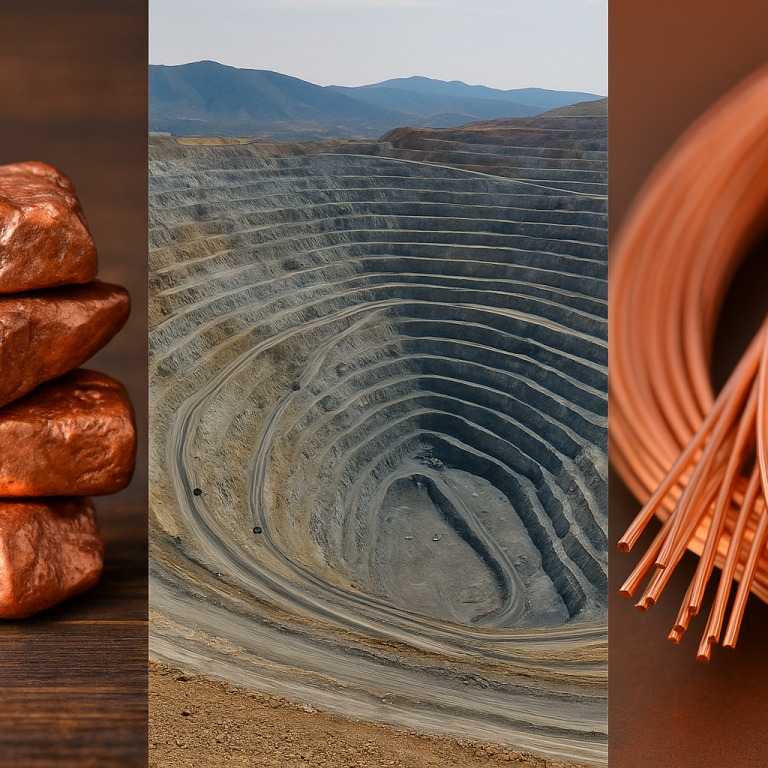From Mine to Megawatt: Series on the Metals and Minerals Behind the Energy Transition
The global push toward clean energy is driving unprecedented demand for essential minerals and metals - copper, lithium, cobalt, nickel, rare earths and more - that are foundational to renewable technologies, electrification and digitalisation. Yet, the path from mine to market is anything but straightforward. Mining operations are concentrated in a handful of countries, refining capacity is geopolitically uneven, and supply chains are increasingly vulnerable to trade tensions, resource nationalism, and political instability.
This blog series explores how geopolitics is shaping the availability of these critical resources and why their supply cannot be taken for granted. As the mining and energy sectors become increasingly interdependent, it’s crucial for policymakers, industry leaders, and investors to understand how disruptions in one area can ripple across the entire energy transition. Recognising these connections is key to building a more resilient and sustainable future.

Copper: The Conductor of Clean Energy
The first article in this series is focused on a cornerstone metal of the energy transition, with its unmatched conductivity - copper is the backbone of clean energy infrastructure.

Lithium Rush: Fueling the Battery Boom
[Coming soon]

Rare Earths and Renewable Rivalries
As the world races toward a net-zero future, rare earth elements are emerging from obscurity to become essential, and increasingly contested, resources. Their central role in clean technologies is now colliding with geopolitical tensions, exposing vulnerabilities that could slow the energy transition.
©Copyright. All rights reserved.
We need your consent to load the translations
We use a third-party service to translate the website content that may collect data about your activity. Please review the details in the privacy policy and accept the service to view the translations.